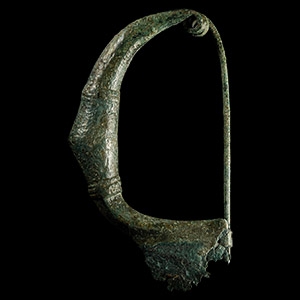Home > Auctions > 5 - 9 September 2023
Ancient Art, Antiquities, Natural History & Coins
Auction Highlights:
From an early 20th century collection.
This lot has been checked against the Interpol Database of stolen works of art and is accompanied by search certificate number no.11104-182800.
Cf. The British Museum, museum number EA29370, for similar; Feucht, E., Pektorale nichtköniglicher Personen, (ÄB 22), Wiesbaden, 1971, pls.XXIII-XXIV, for obverse and XXXVI, esp. 214, for reverse.
Pectorals worn by the living were made from metal, usually gold; for the dead, glazed composition was an acceptable substitute, indicating the funerary nature of such objects. Circular piercings have been made through the cavetto cornice, enabling the piece to be stitched to the bandages covering a mummy's chest. The shape of the pectoral imitates that of a pylon, the rectangular tower which flanked the gateway into an Egyptian temple. The cavetto cornice is decorated with a winged and gilded sun-disk. All four sides are adorned with a block pattern. A jackal reclining on a pylon-shaped shrine represents Anubis, god of embalming. He has a magical tie or scarf around his neck and is shown with a flagellum. Such imagery is found in New Kingdom tombs at Thebes. In front of the shrine is the sekhem sceptre of power. The reverse depicts a djed pillar, believed to represent the backbone with ribs of Osiris, god of the dead, flanked by the Girdle of Isis or 'tit' amulet. Both were standard funerary amulets.
Found Madijen, Thebes, 1905.
Old German collection, before 1920.
Collected since the 1970s.
Ex Everitt collection, acquired by descent 2017.
UK gallery, early 2000s.
Acquired in Europe before 1994.
Acquired 1960s-1990s.
Late Alison Barker collection, a retired London barrister.
Ex Symes Gallery, Mayfair, London, UK.
Exhibited in 'Schythian Gold', pre 1999.
Collected from 1969-1999.
From the collection of the late Mr S.M., London, UK.
From the family collection of a Surrey gentleman since before 1960.
Cf. Moon-Ja, K., ‘A study on Ancient Fibulae’ in IJCC, vol.8, no.2, 2005, pp.71-84 fig.3, for the type.
The function of the catch-plate fibulae was utilitarian and decorative, they were used for woollen clothing (Herodotus V, 87) and they have been found in houses, tombs and as votive offerings in sanctuaries. Our fibula is an early type, very often found in the graves of the Greek colonies of Southern Italy and widespread in the Magna Graecia. This typology was introduced there by the Greeks. Like all female fibulae, it functioned as a clothing fastener, usually worn as a pair on each shoulder.
Collected from 1970-1999.
From the collection of the late Mr S.M., London, UK.
Acquired 1970s-1996.
Property of a North American collector.
London collection, 2016.
Cf. similar in the collection of the British Museum under accession no.1814,0704.808.
From the family collection of a Surrey gentleman since before 1960.
Cf. Moon-Ja, K., ‘A study on Ancient Fibulae’ in IJCC, vol.8, no.2, 2005, pp.71-84, fig.3, for the type.
The function of the catch-plate fibulae was utilitarian and decorative, they were used for woollen clothing (Herodotus V, 87) and they have been found in houses, tombs and as votive offerings in sanctuaries. Our fibula is an early type, very often found in the graves of the Greek colonies of Southern Italy and widespread in the Magna Graecia. This typology was introduced there by the Greeks. Like all female fibulae, it functioned as a clothing fastener, usually worn as a pair on each shoulder.
337 - 348 of 2453 LOTS

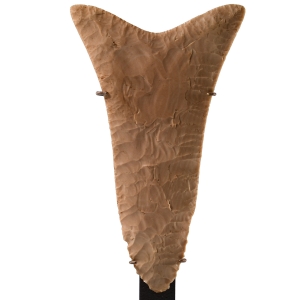
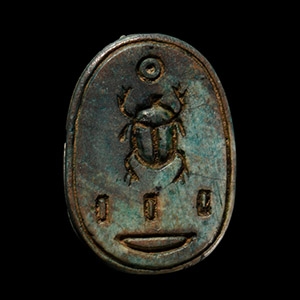
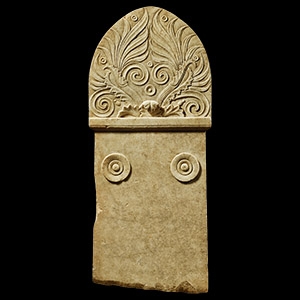
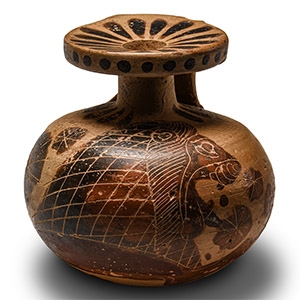
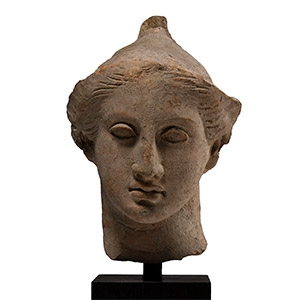
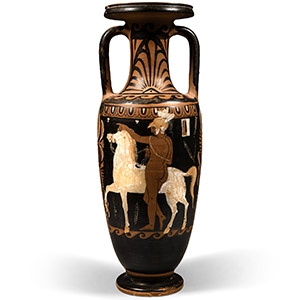
.jpg)
.jpg)
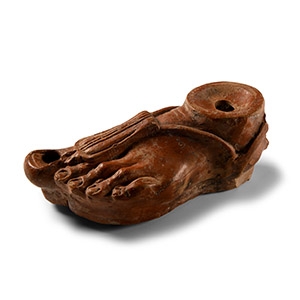
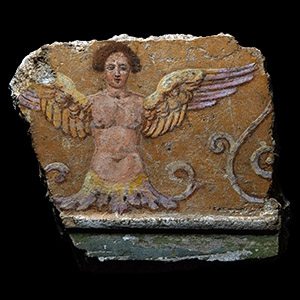
.jpg)
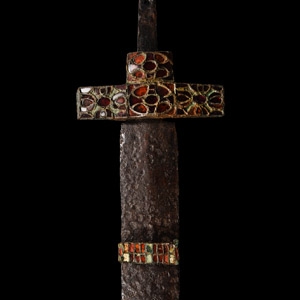
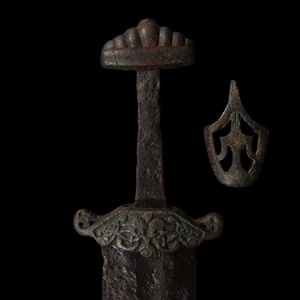
.jpg)
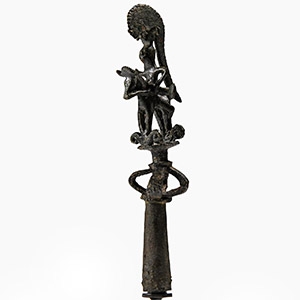


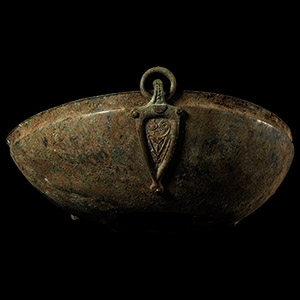
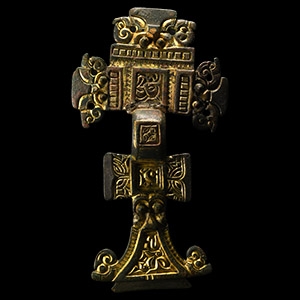
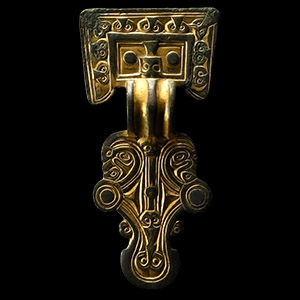
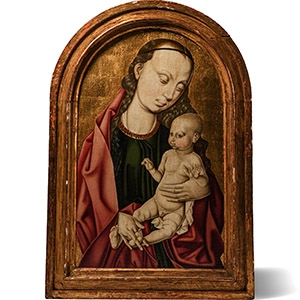

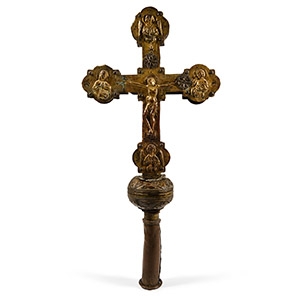
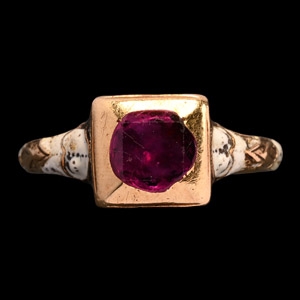

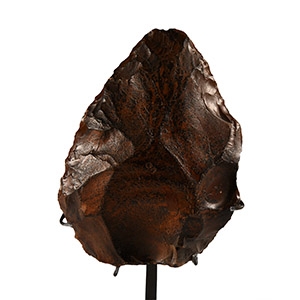





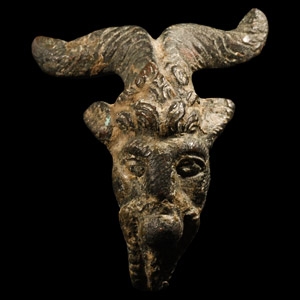
.jpg)


